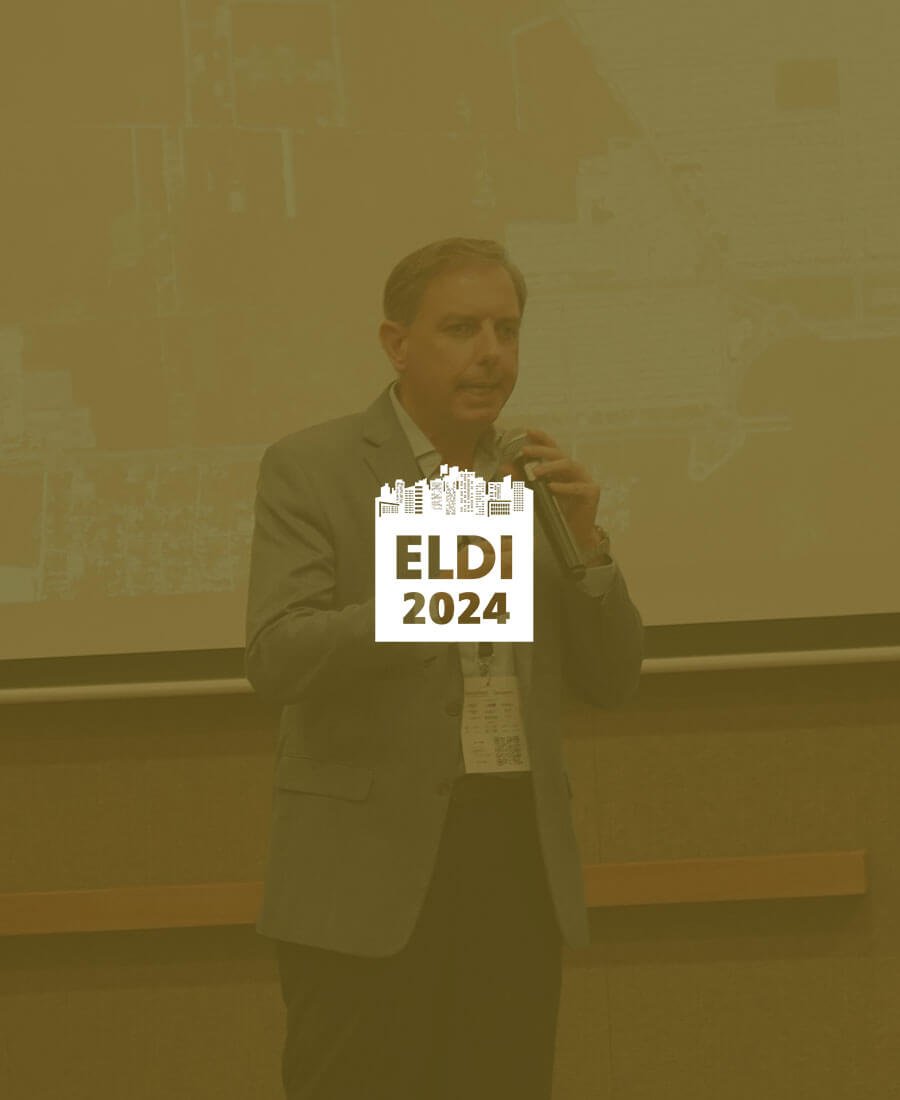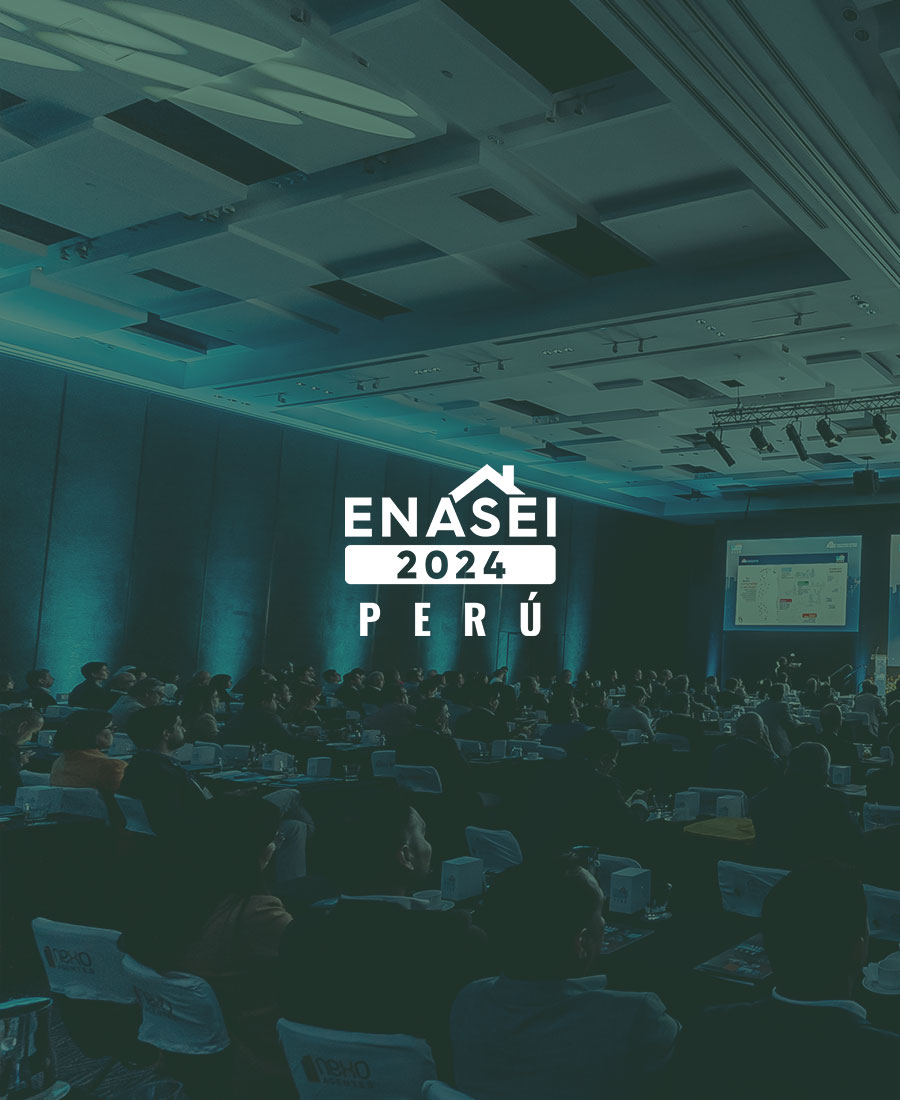Multifamily and Hospitality: GP at Two New LATAM GRI CLUB Events
Residential and hospitality architecture in Latin America is undergoing an unprecedented transformation, driven by new trends, challenges, and opportunities that are redefining how people live and experience hospitality in the region. These topics took center stage at Multifamily and Hospitality Latin America 2025, two events organized by GRI Institute, where industry leaders analyzed key data and shared their visions for the future of the market.

Reading time: 6 minutes
Founded in London in 1998, GRI Institute has become a global benchmark in the real estate and infrastructure sectors, connecting more than 19,000 senior executives from nearly 110 countries. Its innovative event model, focused on knowledge exchange and trend identification, fosters ongoing dialogue among developers, investors, policymakers, and the most creative minds in the market. By encouraging rigorous analysis and the reinvention of paradigms, GRI Institute is driving profound evolution in the built environment of Latin America and beyond.
Multifamily & BTR GRI Latin America
The inaugural edition of Multifamily & BTR GRI Latin America, held in Bogotá, marked a turning point in the conversation about the future of rental housing in the region. Carlos Sánchez, Head of Business Development for Mexico at the firm, actively participated in interviews and roundtables that highlighted the potential of the multifamily model and its capacity to transform Latin America’s housing landscape.
The event brought together key players in the residential sector—fund managers, developers, and investors—to discuss supply and demand dynamics, financing challenges, regulatory evolution, and the strategic role of operations. The numbers speak for themselves: Chile leads with 50,000 multifamily units (63% of the regional total) and a 93% occupancy rate. Brazil and Mexico follow with 15,000 and 10,000 units respectively, while Colombia and Peru have just 2,700 and 800 units. Less than 2% of rental residential properties are institutionally managed, revealing enormous growth potential.
The spotlight also turned to the need to adapt the multifamily model to the base of the pyramid, overcoming financing and regulatory barriers. In this context, architecture must combine construction efficiency, programmatic flexibility, and spatial quality, while keeping sustainability and inclusion in focus.
Multifamily Trends: Flexibility, Scalability, and Smart Operations
The multifamily segment is trending toward professionalized management, digitalized operations, and typological flexibility. Modularity and adaptable spaces are emerging as responses to demographic and economic volatility. Smart operations—powered by technology—are redefining the user experience and optimizing profitability, while sustainability is now a non-negotiable imperative.
The numbers back up the potential: less than 2% of rental residential properties in the region are institutionally managed, compared to over 30% in mature markets like the United States. Chile, with a 93% occupancy rate in multifamily, demonstrates the strength of the model when implemented with efficiency and scale. The immediate challenge is to scale the model in markets like Brazil and Mexico, which together account for 25,000 units, and to accelerate professionalization in Colombia and Peru, where institutional supply barely exceeds 3,500 units.
Hospitality GRI Latin America 2025
With a growing project pipeline in Latin America, Hospitality GRI Latin America 2025 brought together the region’s most influential leaders in the hotel and residential industries.
Over two days, industry leaders gathered to discuss investments, technology, developments and franchises, opportunities and trends, financing, and other key topics.
In private meetings and networking spaces, attendees connected with industry peers and potential partners from countries including the United States, Mexico, Peru, Brazil, Chile, Argentina, Panama, Costa Rica, and others from Central America and the region.
Carlos Sánchez, Head of Business Development for Mexico, represented Gómez Platero in a high-level networking and debate environment, where the promising outlook for the hospitality industry at both local and regional levels was analyzed.
Mexico forecasts 3.4% growth in tourism GDP for 2025, a significant improvement over the 1% recorded in 2024. The country maintains one of the highest shares of GDP in Latin America at 25.4%, second only to Brazil. In the Caribbean, the Dominican Republic contributes 36.3% of the regional GDP, followed by Costa Rica (26.6%) and Panama (26.4%). Air traffic is also on the rise: airports such as Cancun, Puerto Vallarta, and Los Cabos are seeing sustained increases, consolidating Mexico as an international hub. Additionally, platforms like Airbnb generated an economic impact of over 10.6 trillion pesos in Colombia in 2024, with host earnings exceeding 1.6 trillion pesos.
Hospitality Trends: Hybridization, Experience, and Sustainability
In the hospitality sector, the trend is toward hybrid uses and the creation of urban ecosystems where hotels, residences, coworking spaces, and retail coexist. Experiential design, the integration of amenities, and connection with the local environment are key differentiators. Sustainability, both in materials and operations, is no longer a value-add but an essential standard.
The numbers illustrate the sector’s dynamism: the premium hotel market in the U.S. is redefining luxury, with entry thresholds at $1.6 million and ultra-luxury starting at $5.4 million. In Peru, the Nhow chain added 700 rooms in Miraflores, while the Dominican Republic leads the region in tourism spending. The growth of tourism GDP in Mexico (3.4% for 2025) and the impact of digital platforms in Colombia underscore the need for architecture that can anticipate and respond to the evolving demands of today’s traveler.



